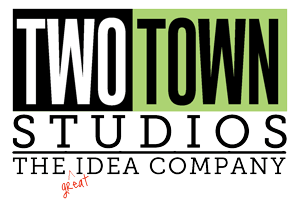Now What?
I just received a really cool new set of designs from one of our artists, something that I had not seen before – she took a whimsical … wait a minute, I can’t tell you because it IS new and fresh. Several client names immediately popped into my head who are candidates for this, so as I am planning to send it out I am thinking “what can she do next”…
We launched a new property called Life Is Country™ and the licenses are continuing to stack up nicely. We had just made a great deal for an apparel line and were having a celebratory glass of wine on the lanai when we caught ourselves talking about Now What… as in which of our artists has the next big thing ready to launch? Seriously, it’s what we do (some people might suggest that’s a lack of focus but what do they know).
A fine artist may spend months on a painting getting every highlight and every brushstroke just right, but in our business you will be hurrying to finish a set of (cards – ornaments – figurines – tableware – take your pick…) so you can get to work sketching on that new set of (cards – ornaments – figurines – tableware) that you were thinking about while working on the previous ones. Not you? It’s the nature of the art licensing biz, and to make a career of it you will need to be thinking several steps ahead. I know successful artists in this field that plan their year in advance with lists of categories and products they intend to work on, and then methodically work down the list in between client requests. They always have an answer for Now What (and a portfolio full of new art).
The forums are active with people asking questions about Surtex and what they should be doing, how they should be setting up this or that. Sure, it’s an exciting time getting prepared, but I can guarantee you that most of the experienced people in this business have left Surtex planning in the dust already, they might be tying up a few logistical loose ends but most are looking far past it and thinking Now What…
So what are you going to do next?
